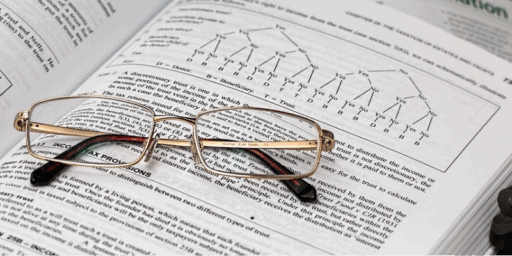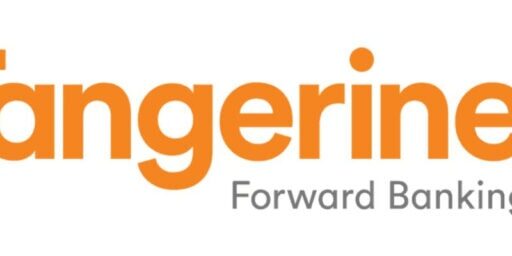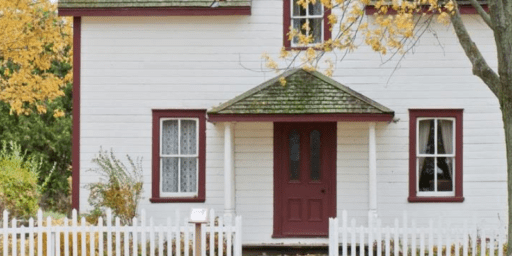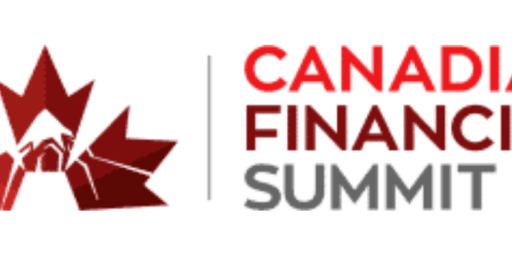Holding a Mortgage within an RRSP
A reader wrote me last week very excited about the prospects of holding your own mortgage within an RRSP. Yes, that’s right, under the right conditions, you can use your own RRSP to fund the mortgage owing on your house and pay yourself back on a monthly basis.
As this sounds great on paper, after some further research into the topic, I’m not too sure that this type of investment strategy is meant for everyone.
How does it work?
This strategy only works if the investor has enough assets within his/her RRSP to cover the mortgage on a primary or commercial residence.
Once it’s arranged with the banks, the RRSP holder simply has to make mortgage payments, at a prearranged interest rate, back to his/her RRSP.
The Benefits
There are a few benefits of this strategy:
- Keep the Interest – Instead of paying a lender mortgage interest over the years, the investor gets keep it all to himself/herself.
- The Rates – The investor has the option of setting the interest rate to the highest allowable at the time.
- Predictable – For those who are risk adverse, the predictable growth of the RRSP may be suitable for their risk profile.
The Drawbacks
In my opinion, there are many drawbacks to holding a large mortgage within an RRSP:
- Lack of Diversification – If the mortgage is big enough, then the mortgage within the RRSP can represent a large portion of your retirement savings. There is a huge lack of diversification here as it’s invested in one asset class, fixed income. Where’s the growth? Of course, this would be different if the mortgage was in proportion to the fixed income allocation of the RRSP portfolio.
- Fees are High – The high fees involved with this strategy will ultimately reduce the return. The fees include CMHC (minimum 0.50% regardless of equity), appraisal/legal fees, self directed RRSP annual fee along with annual mortgage admin fee. Here is a site that details some of these fees.
- Default – Like with any mortgage, if you start missing payments and default on your mortgage, the bank will foreclose on the house to try to repay your RRSP account. So don’t think that you can forego the mortgage obligation even though you technically own the mortgage. (I guess this could be considered a benefit as well?)
Final thoughts
Even though it appears like a great idea to hold your mortgage in your retirement accounts, the high fees and potential lack of diversification makes this strategy only appropriate to a small number of homeowners/investors. Namely, those with large RRSP’s and mortgages that are proportional to what their fixed income allocation would be.
What are your thoughts on holding a mortgage inside an RRSP?
I've Completed My Million Dollar Journey. Let Me Guide You Through Yours!
Sign up below to get a copy of our free eBook: Can I Retire Yet?










Hi Murph,
Yes you can, but it’s a bad idea. It’s an expensive mortgage, a lousy RRSP return , lots of fees, and there is no advantage of it being your own money.
If you choose a high rate, like 6%, then it is an extremely expensive mortgage. You can get one at a bank about 2.2% today. If you choose a low rate like 2%, that is a horrible RRSP return.
Fees to setup include CMHC fees (in all cases) and setup fees, plus annual administration fees.
It must be administered by a 3rd party bank or trust company, so that if you don’t make payments, your RRSP must foreclose.
If you get a regular mortgage and invest your RRSP normally, you are almost definitely way ahead.
Ed
Can you use personal RRSP to fund your own investment property?
Through Canadian Western Trust, you can transfer your RRSP (let’s say from Scotia), to a Self Directed RRSP account. On their site they say you can apply to put this into a non-arms length mortgage.
The reason I ask is that I want to buy a rental property. I likely have to look outside Ottawa, for a smaller town with lower prices. If my RRSP is 25K (minus fees associated with this CWT process), could I access 20-25K to use as a downpayment?
Colin
I have a sizable rrsp and own an investment property outright in Vancouver. I am purchasing a new home to live in and will need to take out a mortgage of around $150k to buy this home. My rrsp is around 4 x this amount and is invested primarily in equities. If I fund the mortgage with rrsp money that would give me about 1/4 of my rrsp in fixed income at a time when fixed income investments are abysmal. This sounds like a great strategy to me when I am looking to diversify some money into safer investments.
Ken:
The key CRA Rule for this strategy is that the mortgage held in your RSP must be default insured by CMHC or a private insurer. That means you must qualify for your own mortgage. After you retire, qualification will be harder – maybe impossible – assuming that your income will be significantly lower.
“Could I just take my money as a line of credit only paying the interest until I sell or die?” Sorry No. CMHC insurance rules require an amortizing mortgage.
Your kid strategy might work. You can also pay their TFSAs as well as RRSPs which might be better. Banks will typically only let you go as high as 6.14% on an RRSP mortgage, but some trust companies will allow higher interest rates – but keep in mind that you must qualify through CMHC at the Contract Mortgage Rate. Just remember, if you default the mortgage, your Kid’s RRSP will take your house – the kids have no discretion in this matter.
In general, borrowing the money from your RRSP to buy a vacation home is not as good a plan as borrowing RSP money to buy an investment property. Why? If you “invest” the borrowed money within CRA guidelines – your interest payment to your RSP is tax deductible…
I retire next year. For the past 10 years investments in my RSP’s have been flat. Taking some RSP money and buying a vacation home makes sense to me. I get to enjoy a Vacation Property while my monthly payments could be adjusted to fit my monthly affordability by adjusting the amortization period.
Could I just take my money as a line of credit only paying the interest until I sell or die? My objective is strictly cash flow and disposable income for travel and enjoyment.
Another thought is that I borrow from my kids and they finally receive a return on their RSP in a very secure investment. They too have been struggling with poor returns on their RSP’s. Could I pay them 10%? One of my investments lends money at 18% and pays me 10% so why could the same principle not apply here?
Lou:
Unfortunately, a condition of holding your own mortgage in your RRSP is that it must be insured (i.e. Genworth or CMHC) which means you must qualify – more or less the same as a regular mortgage. If you do not qualify for a mortgage – you will not qualify for a Personal (RRSP) Mortgage either…sorry. You may be able to access your RRSP to bulk up your downpayment, but until you have the income to qualify for a mortgage, you have to consider renting as a viable option as well..
S.
I would appreciate any guidance. Due to recent divorce, I am now apparently low income and do not qualify for mortgage. But I have about $100,000 in my RRSP (in cash), but I have just been told by bank I cannot use this money for monthly mortgage payments. I also have about 8% of cost of house as a down payment. Should I attempt to try to establish a mortgage inside my RRSP – the payments could be made for a few years, and then I would sell the house. I am not concerned about growth inside my RRSP. My immediate concern is a nice house to live in. Any suggestions or advice gratefully appreciated.
I currently have a locked-in RRSP and an aversion to Mutual Funds. I’d like to invest in realestate and have enough locked-in RRSP and cash on hand to purchase and finance an income property.
Can someone comment on this strategy? This is what I’m thinking:
1. I pay no interest (only to myself) and no tax (if the rental income is balanced with interest and expenses) assuming the interest payments are income tax- deductible (or counted as RRSP contributions).
2. While the interest rate return may not be great it is stable. And one must not forget that the income property is appreciating in value – that must also be factored into the return.
3. As interest payments are made but to the RRSP – those payments may also be used for reinvestment (perhaps arms-length 2nd mortgages).
4. When the property is paid-off it generates income. That effectively means you have used your locked-in RRSP to set-up a means of generating income outside the RRSP. You also own the home. If you live in the home for a period of time you may not need to pay capital gains when you sell it. That’s a nice bonus.
Am I missing something?
Cheers,
Hi Gerald,
Good point. I think there is never an advantage having your own mortgage in an RRSP, but it may make sense to hold someone else’s. That way, you can charge a higher rate without having to pay it.
What happens if the person you are lending to stops paying you? Are you able to enforce your lien? For example, if you foreclose, you must first buy out the 1st position in order to foreclose – is that right?
That would mean that if they did not pay your mortgage, you can sit and wait for years with a lien against their property, so you can collect if they ever sell. But you cannot actually foreclose.
Am I understanding that correctly, or is there a way for you to foreclose, if necessary?
Ed
Ed’s comments I totally diagree with.
I hold mortgages for others as a 2 nd position on a property and charge 12% and the investor pays the fees also. If they default on the rrsp mortgage I can have a lean against the property as a second position. The thing to ensure is that the 1st and 2nd mortgage dosent exceed 85% of the property value.